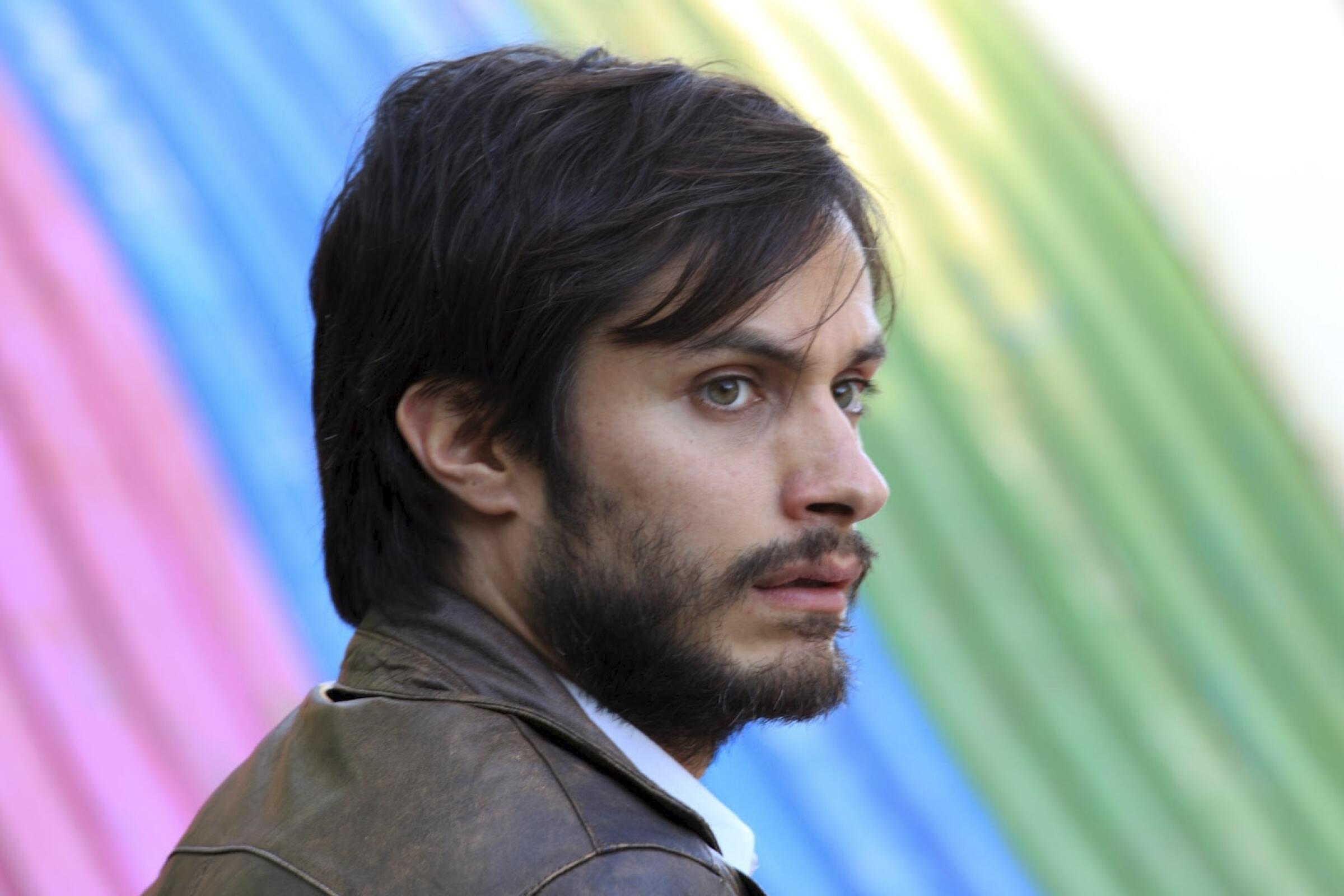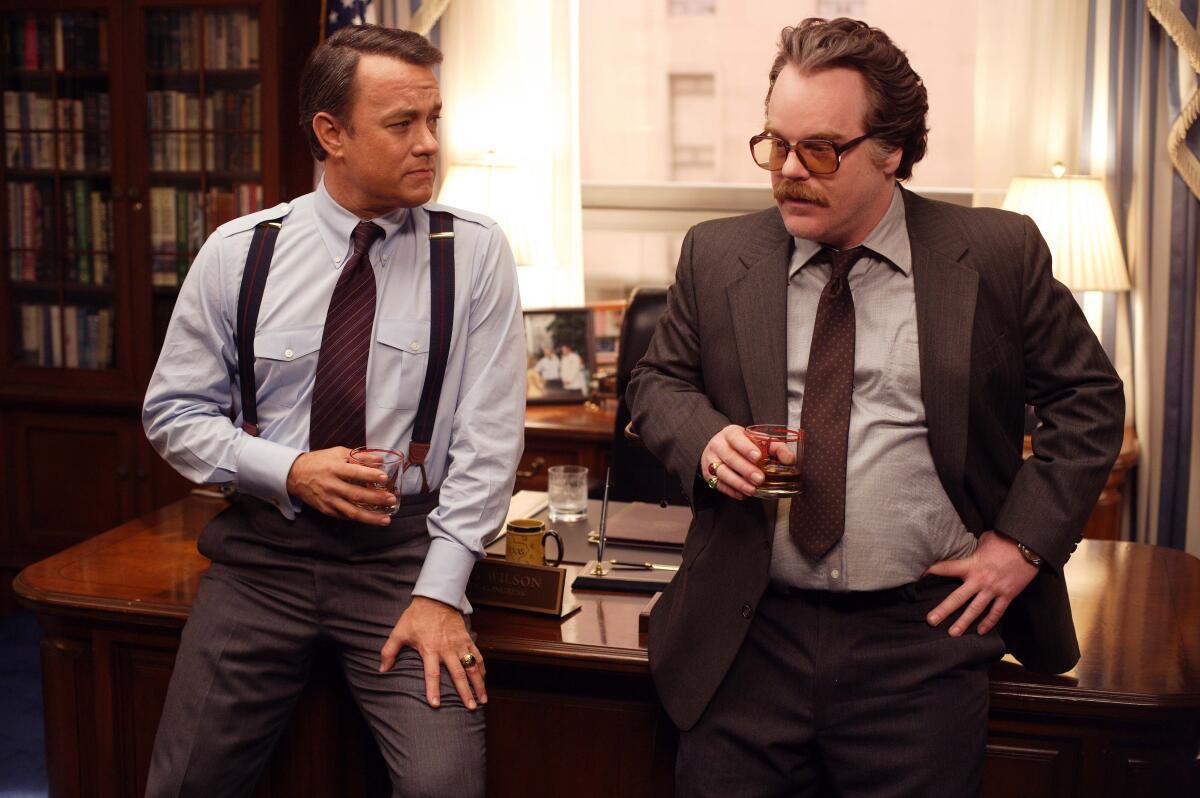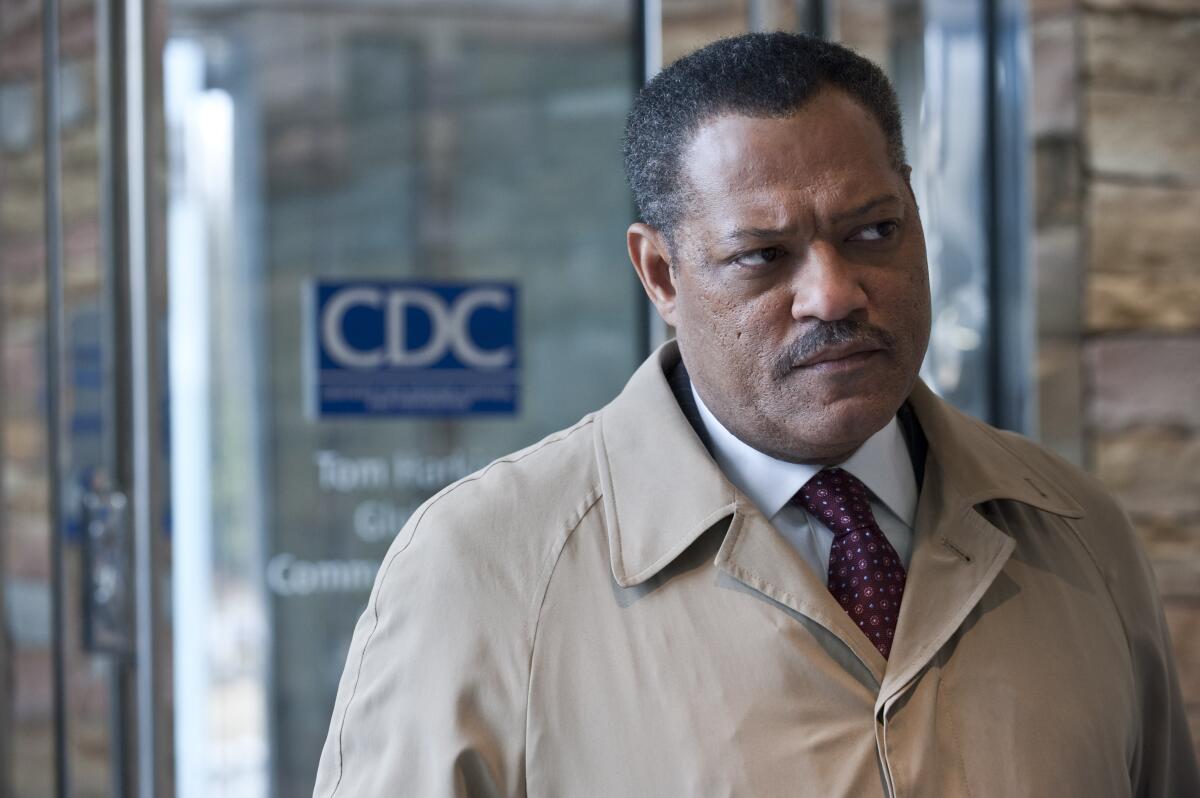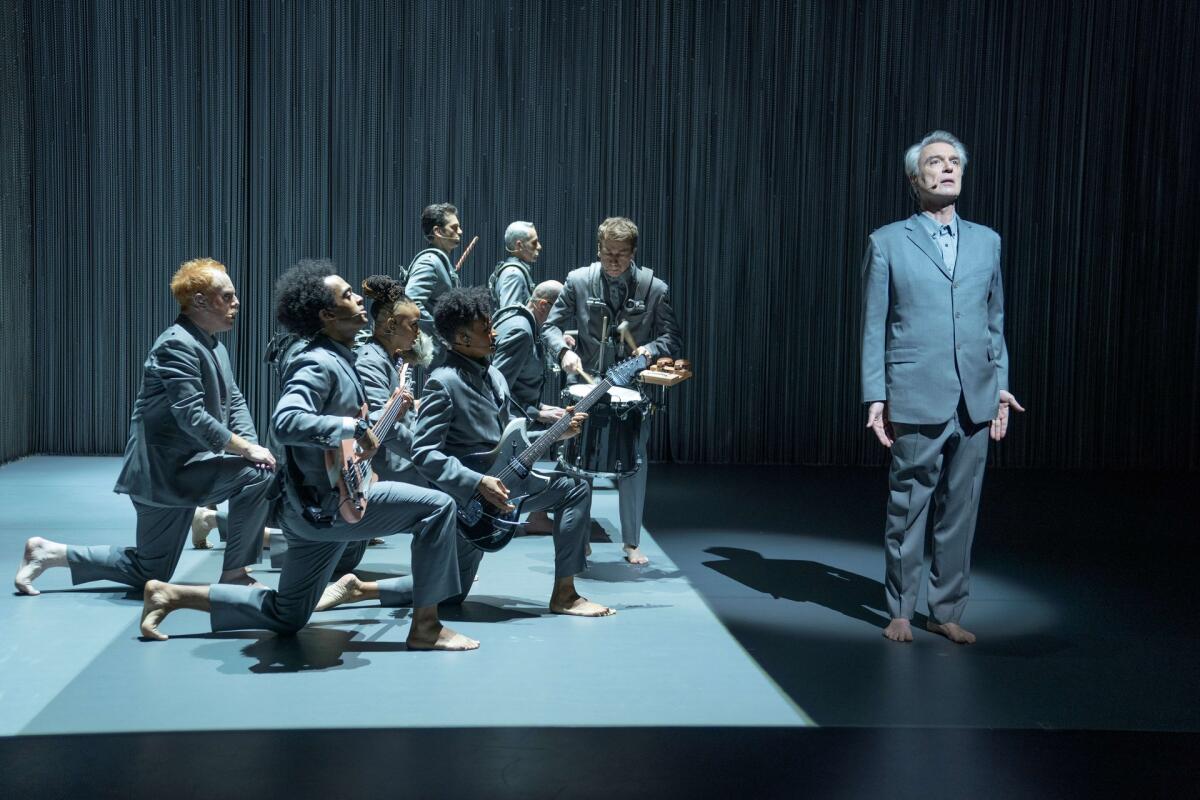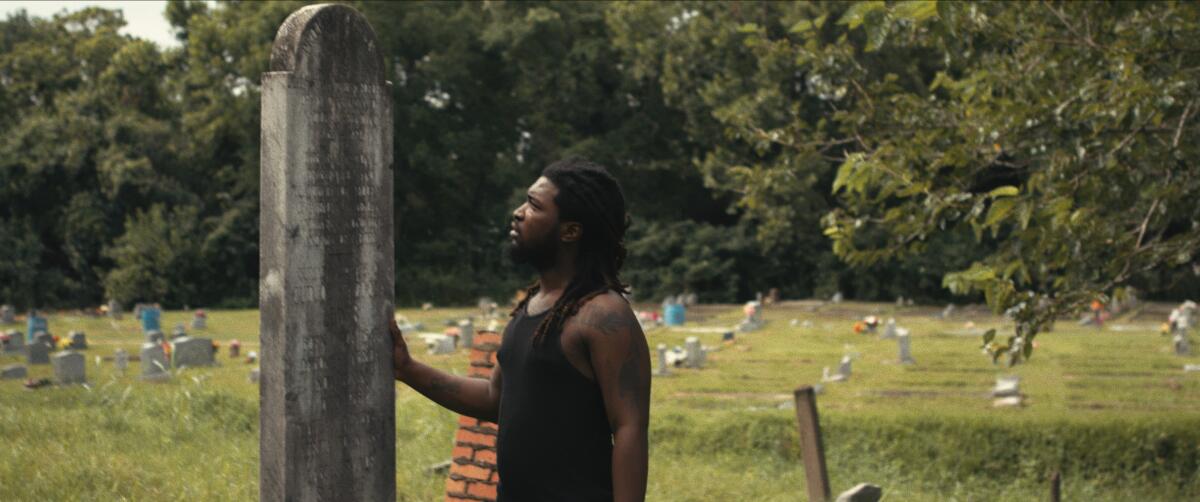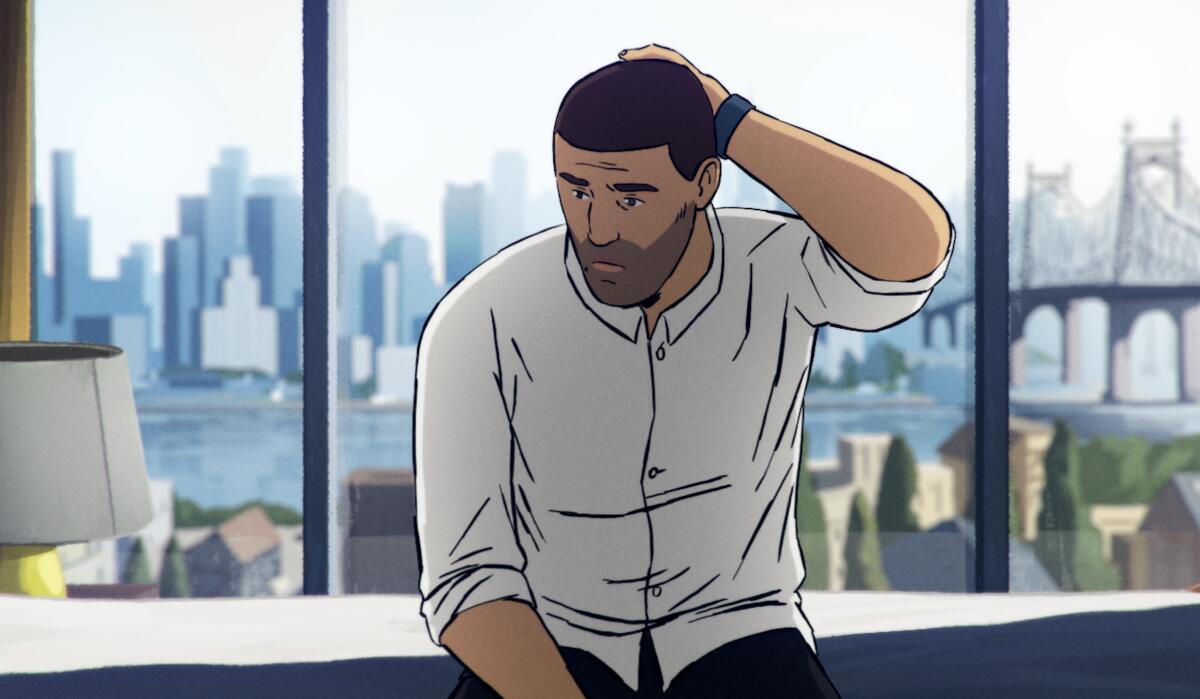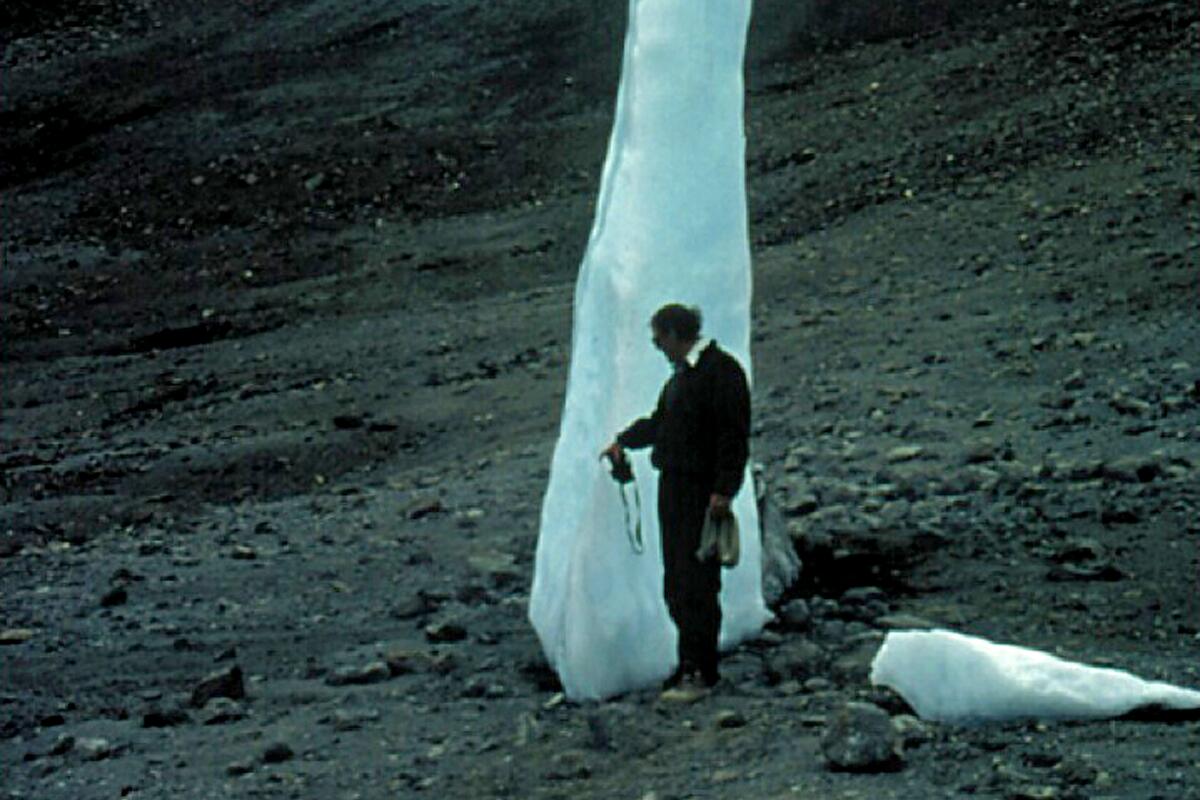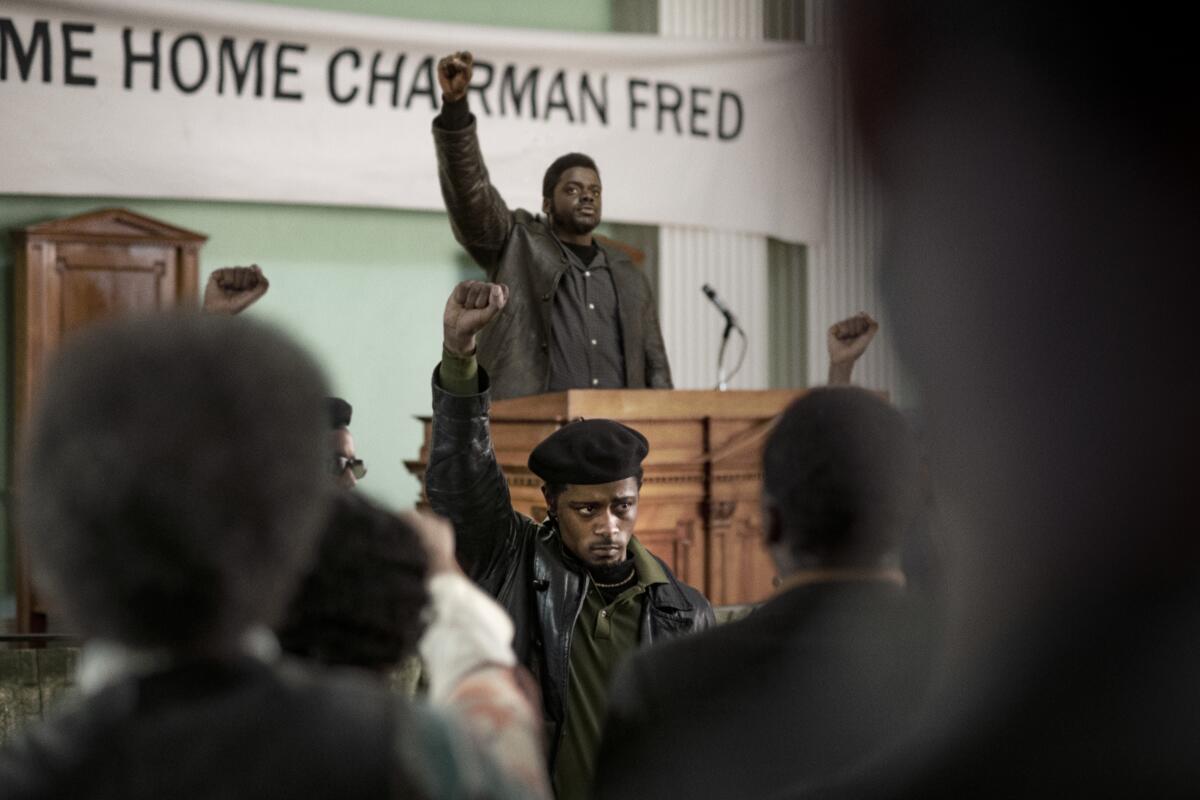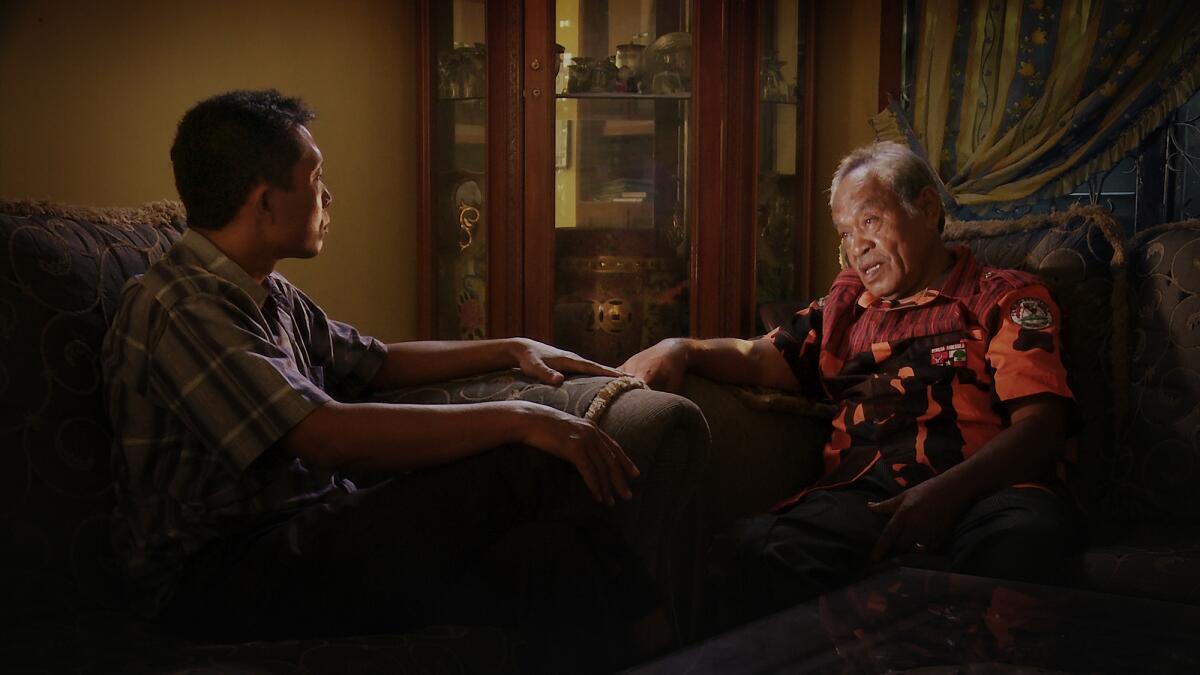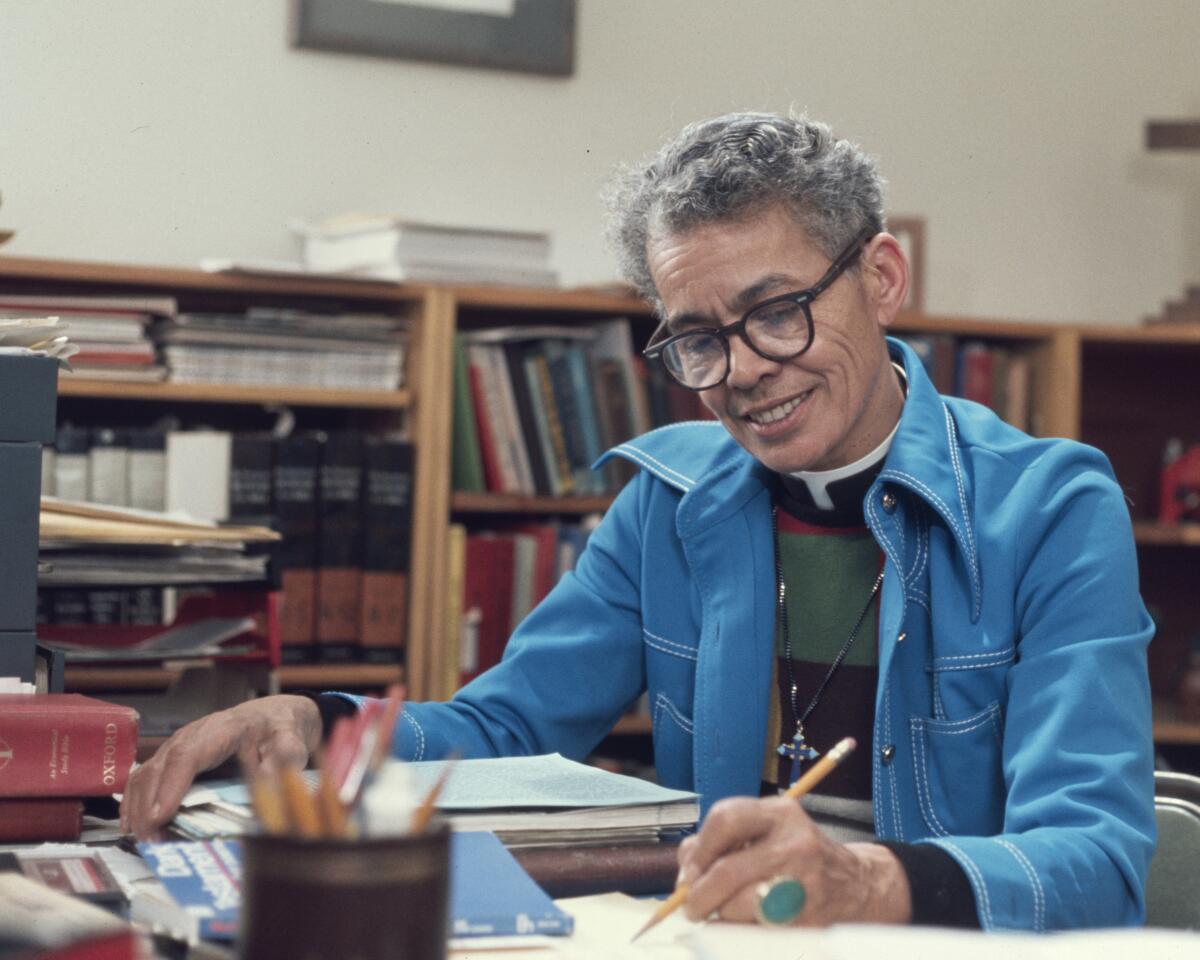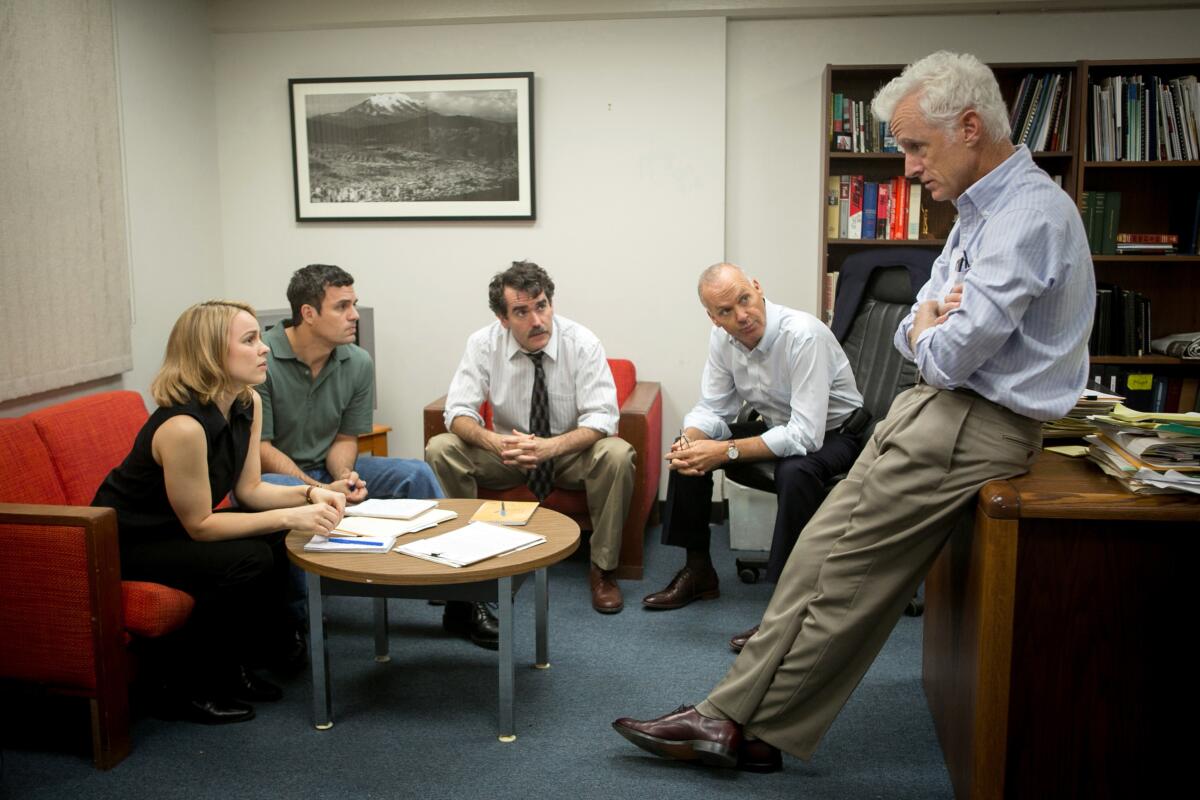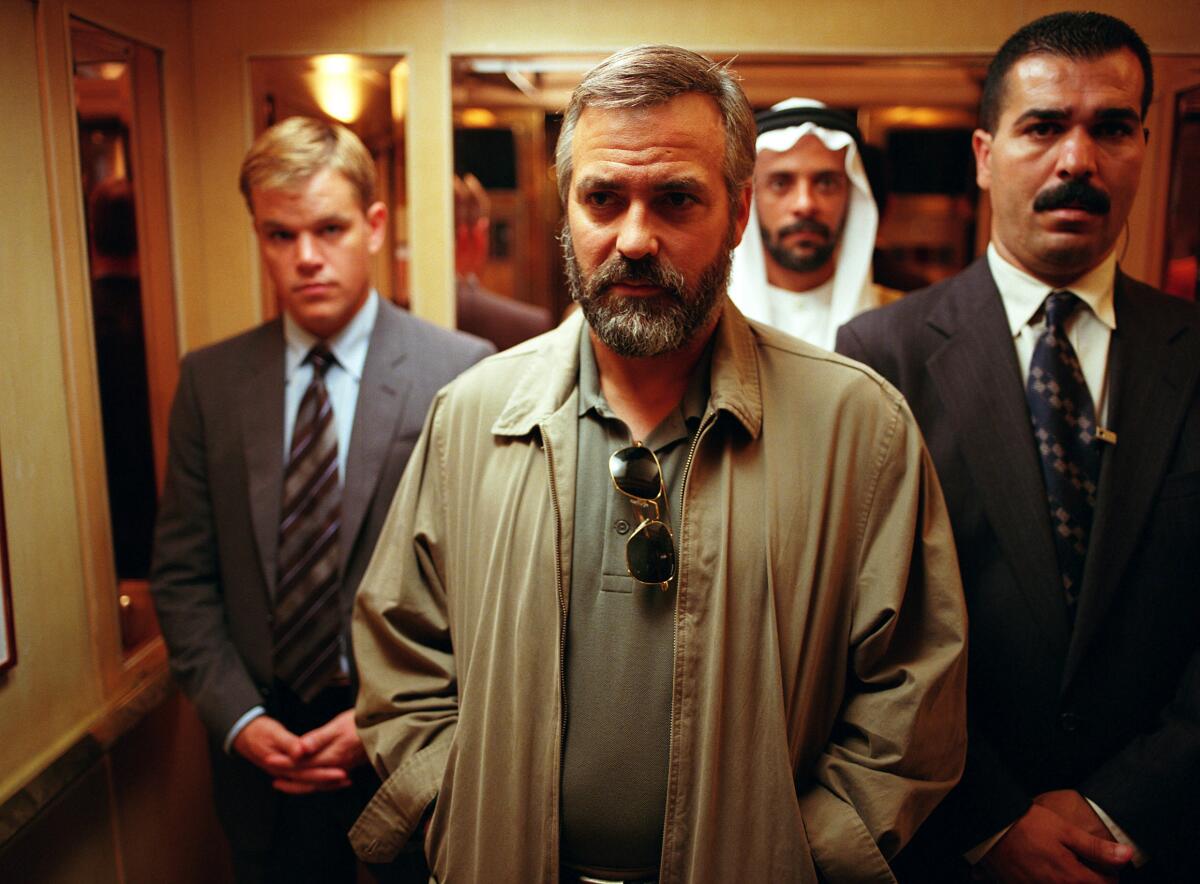Only good movies
Get the Indie Focus newsletter, Mark Olsen's weekly guide to the world of cinema.
You may occasionally receive promotional content from the Los Angeles Times.
Matt Brennan is a Los Angeles Times’ deputy editor for entertainment and arts. Born in the Boston area, educated at USC and an adoptive New Orleanian for nearly 10 years, he returned to Los Angeles in 2019 as the newsroom’s television editor. He previously served as TV editor at Paste Magazine, and his writing has also appeared in Indiewire, Slate, Deadspin and numerous other publications.
Tracy Brown is a reporter for the Los Angeles Times covering television, film and other pop culture.
Mark Olsen writes about all kinds of movies for the Los Angeles Times as both a feature writer and reviewer.
Joshua Rothkopf is film editor of the Los Angeles Times. He most recently served as senior movies editor at Entertainment Weekly. Before then, Rothkopf spent 16 years at Time Out New York, where he was film editor and senior film critic. His writing has appeared in the New York Times, Sight and Sound, Empire, Rolling Stone and In These Times, where he was chief film critic from 1999 to 2003.
Josh Rottenberg covers the film business for the Los Angeles Times. He was part of the team that was named a 2022 Pulitzer Prize finalist in breaking news for covering the tragic shooting on the set of the film “Rust.” He co-wrote the 2021 Times investigation into the Hollywood Foreign Press Assn. that led NBC to pull the Golden Globe Awards off the air while the organization underwent major reforms. A graduate of Harvard University, he has also written about the entertainment industry for the New York Times, Entertainment Weekly, Fast Company and other publications.
Glenn Whipp covers film and television for the Los Angeles Times and serves as columnist for The Envelope, The Times’ awards season publication.
